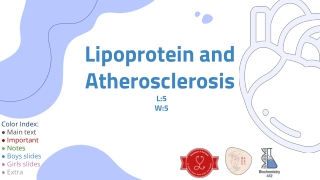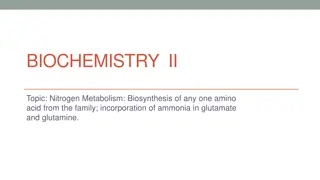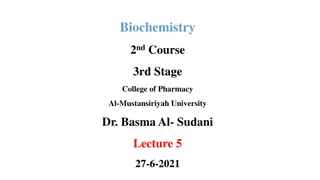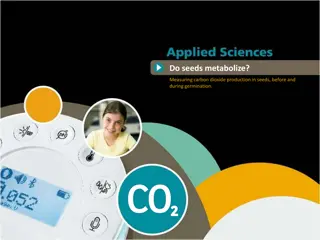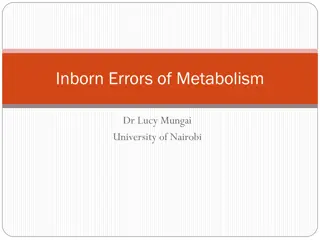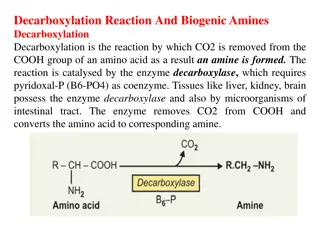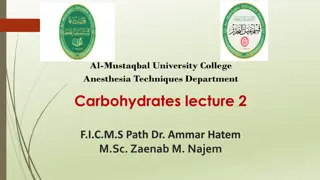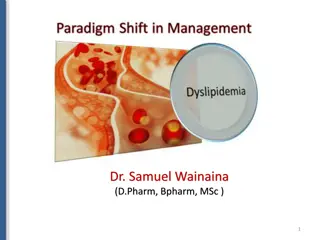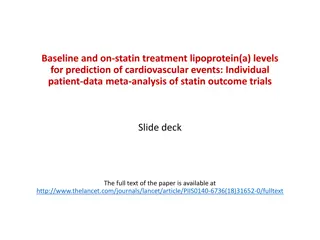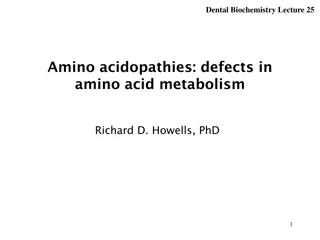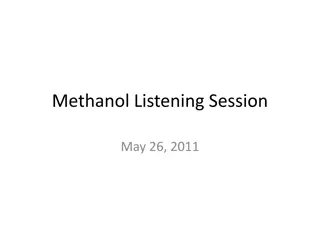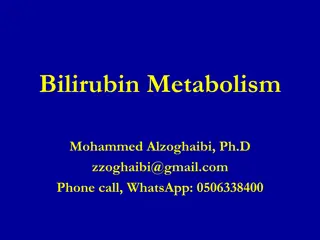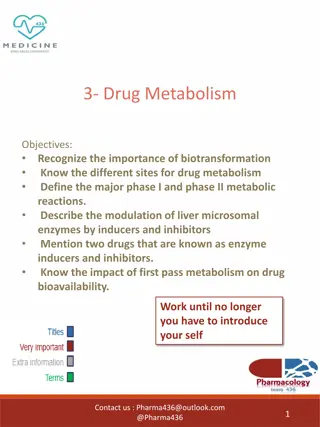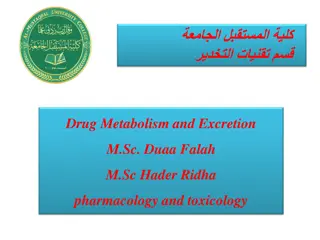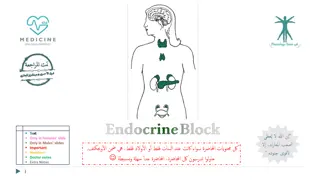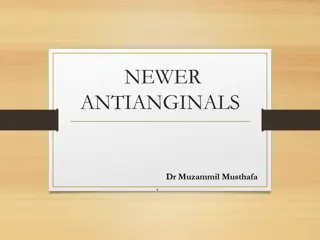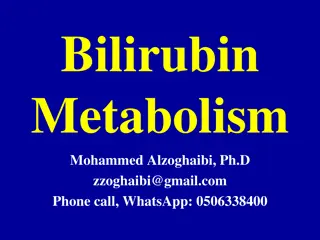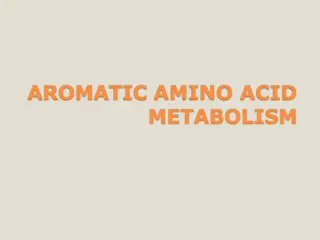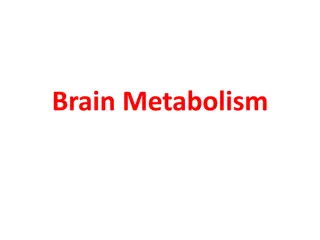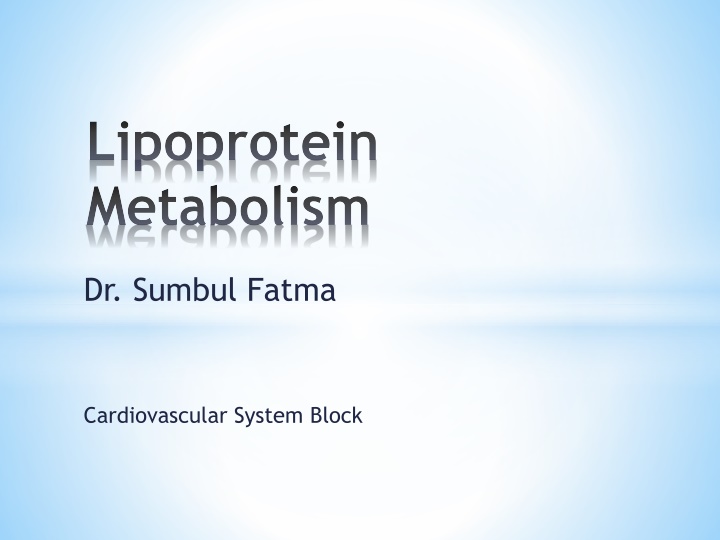
Lipoprotein Metabolism for Cardiovascular Health
Explore the types, structure, and functions of lipoproteins, their metabolism, and implications in diseases. Learn about chylomicrons, VLDL, LDL, lipoprotein lipase, apolipoproteins, and more.
Download Presentation

Please find below an Image/Link to download the presentation.
The content on the website is provided AS IS for your information and personal use only. It may not be sold, licensed, or shared on other websites without obtaining consent from the author. If you encounter any issues during the download, it is possible that the publisher has removed the file from their server.
You are allowed to download the files provided on this website for personal or commercial use, subject to the condition that they are used lawfully. All files are the property of their respective owners.
The content on the website is provided AS IS for your information and personal use only. It may not be sold, licensed, or shared on other websites without obtaining consent from the author.
E N D
Presentation Transcript
Lipoprotein Metabolism Dr. Sumbul Fatma Cardiovascular System Block
Objectives By the end of this lecture, the First Year students will be able to: Define and list the types, structure and composition of lipoproteins Understand various functions of lipoprotein particles Compare the functions of lipoprotein particles and their implications in disease Understand the metabolism of chylomicrons, VLDL and LDL particles Discuss the functions of lipoprotein lipase and its role in disease List the diseases due to imbalance in the metabolism of lipoproteins
Overview Lipoprotein types and composition Apolipoproteins Chylomicrons VLDL particles and their metabolism Lipoprotein lipase VLDL diseases
Lipoproteins Lipids are hydrophobic molecules Transported in plasma as lipoprotein particles Plasma lipoproteins are spherical macromolecular complexes of: Lipids and Specific proteins (apolipoproteins) Lipoproteins keep lipid contents soluble while transporting them to and from the tissues
Types of lipoproteins Chylomicrons (lowest density, largest) VLDL (very low density lipoproteins) LDL (low density lipoproteins) HDL (high density lipoproteins) Lipoproteins differ in: Lipid and protein composition Size Density Site of origin
Compositions of lipoproteins Neutral lipid core (hydrophobic): Triacylglycerols (TAGs) Cholesteryl esters Hydrophilic shell: Amphipathic apolipoproteins Phospholipids Free cholesterol
TAGs are mainly transported by: Chylomicrons VLDL Cholesterol mainly transported by: LDL HDL
Apolipoproteins Types: Apo B-48, B-100 Apo C-I, C-II, C-III Apo E Functions: Provide structure to lipoprotein particles Provide recognition sites for cell-surface receptors Activators or coenzymes for the enzymes involved in lipoprotein metabolism
Chylomicrons Assembled in the intestinal mucosal cells Transport to peripheral tissue: Dietary TAGs (90%) Cholesterol Fat-soluble vitamins Cholesteryl esters The milky appearance of plasma after a meal is due to chylomicrons
VLDL Produced and secreted by the liver Composed of: Mainly endogenous TAGs (60%) Some cholesterol (free and esterified) Carry these lipids from the liver to peripheral tissues
VLDL Peripheral tissues degrade TAGs by lipoprotein lipase (LPL) enzyme Imbalance in hepatic TAG synthesis and secretion of VLDL can lead to: Obesity Type 2 diabetes mellitus
VLDL metabolism 1. Release from the liver As nascent particles containing: TAGs and cholesterol Apo B-100 Obtain apo C-II and apo E from circulating HDL particles Apo C-II is required for activation of LPL
VLDL metabolism 2. Modification in the circulation TAGs in VLDL are degraded by lipoprotein lipase (LPL) VLDL becomes smaller and denser Surface components (apo C and E) are returned to HDL VLDL transfers TAGs to HDL in exchange for cholesteryl esters This exchange is catalyzed by cholesteryl ester transfer protein (CETP)
VLDL metabolism 3. Conversion to LDL After modifications, VLDL is converted to: LDL IDL (taken up by liver cells thru apo E) VLDL remnants Apo E exists in three isoforms: Apo E-2 (Poorly binds to receptors) Apo E-3 Apo E-4
Low density lipoprotein (LDL) Mainly contains cholesterol and cholesteryl esters Produced from VLDL particles Contains Apo B-100 lipoprotein Provides cholesterol to peripheral tissue LDL binds to cell surface receptors thru Apo B-100 (receptor-mediated endocytosis)
High density lipoprotein (HDL) Mainly contains: Protein, phospholipids, cholesterol, cholesteryl esters Produced in the liver and intestine Contains Apo A-1, C-2 and E lipoproteins Take up cholesterol from peripheral tissues to the liver
Lipoprotein lipase (LPL) Extracellular enzyme that degrades lipids Anchored by heparin sulfate to the capillary walls of most tissues Mainly present in adipose tissue, cardiac and skeletal muscle Requires apo C-II for activation Degrades TAGs into free fatty acids and glycerol Insulin stimulates LPL synthesis Deficiency of LPL or apo C-II causes: Type 1 hyperlipoproteinemia (familial LPL deficiency)
VLDL diseases Hypolipoproteinemia Abetalipoproteinemia is due to inability to load apo B with lipids Few VLDLs and chylomicrons are formed TAGs accumulate in liver and intestine
VLDL diseases Steatohepatitis (Fatty liver disease) Imbalance between: TAG synthesis in the liver and Secretion from the liver Leads to accumulation of TAGs in the liver (fatty liver)
VLDL diseases Type I hyperlipoproteinemia A rare, autosomal recessive disease Due to familial deficiency of LPL or its coenzyme (apo C-II) Causes excessive accumulation of chylomicrons in plasma ( 1000 mg/dl) (hyperchylomicronemia) High fasting plasma TAGs are observed in these patients
VLDL diseases Type III hyperlipoproteinemia Also called familial dysbetalipoproteinemia, or broad beta disease Individuals homozygous for apo E-2 are deficient in clearing: Chylomicron remnants and IDL from the circulation Leads to hypercholesterolemia and premature atherosclerosis
Take home message Lipoproteins are important for transportation of lipids to and from liver and peripheral tissues Different types of lipoproteins perform different functions in the body Imbalance in the metabolism of lipoproteins leads to accumulation of lipids in the tissues and circulation increasing the risk for atherosclerosis and coronary heart disease
References Lippincott s Biochemistry. 6th Edition, Chapter 18, pp. 226-232. Lippincott Williams & Wilkins, New York, USA.

